Simz reveals his 12 top tips for great comic art
From adding a dash of humour to choosing the perfect panels, Simone Ferriero shares some pro advice.
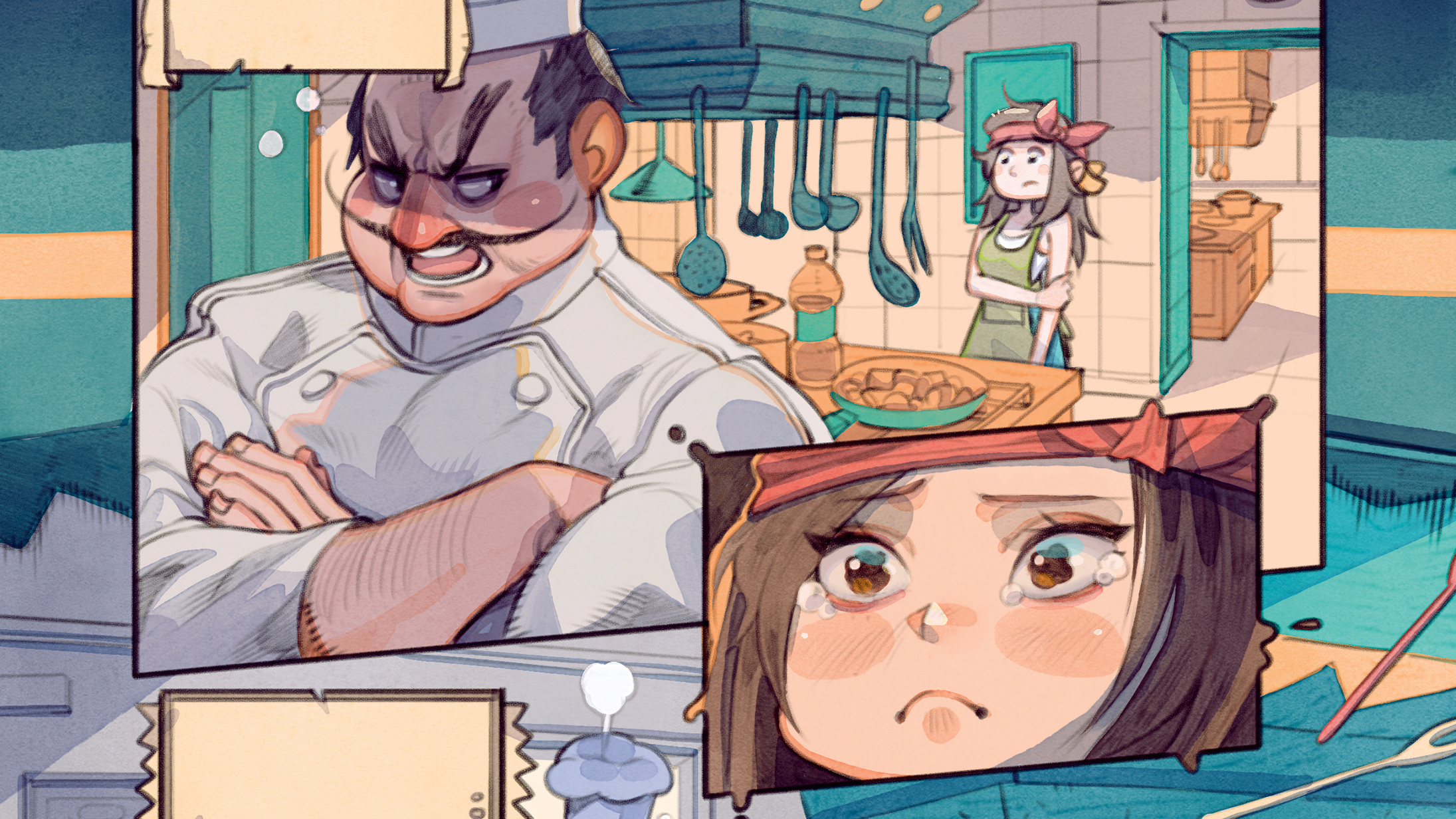
When a comic book artist is confronted with a script and a blank page, they have the challenge of translating the actions described into images. Everyone has their own way of doing it, developed over time and through staple techniques for bringing a comic page to life.
Although many artists might say there are set rules and techniques for creating comics, the truth is that anything can work! There are no limits, besides ourselves, in how artwork will look, or how it can be approached. It all depends on the final result the artist is aiming for.
When we set ourselves free from any rules and restrictions, I’d still argue that some best practices can be beneficial if we have specific goals in mind. For example, if we want to make our characters consistent, or if we’re aiming to make everything readable, following an approach that’s been proven to work is often a good choice.
If you need new tools, see our guides to the best drawing tablets and the best digital art software. We also have a piece on the best laptops for drawing. In the meantime, here are my tips for making great comics.
01. Design unique characters
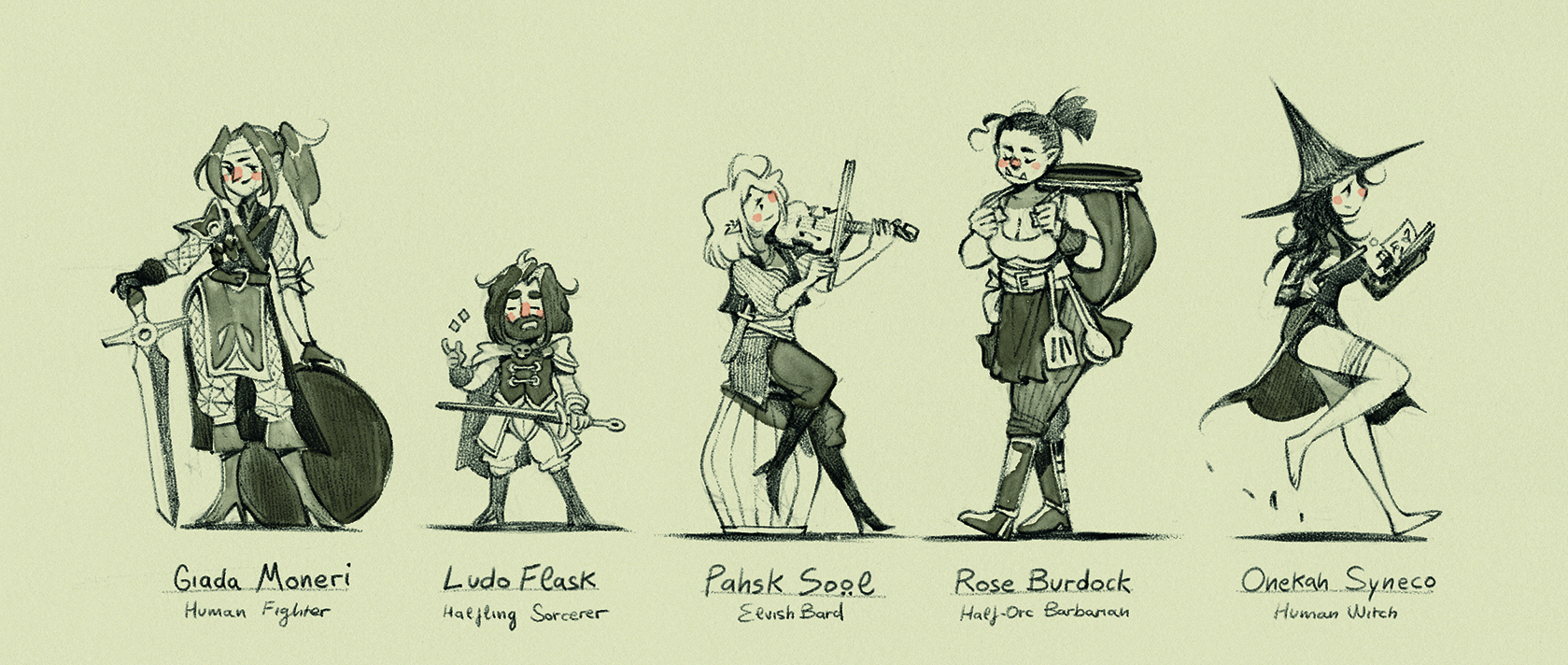
It’s important to make a character memorable in the eyes of the reader. Besides the style, the most vital quality is how distinguishable they are from the rest of the cast. A good practice is to draw a cast with strong differences in shape, silhouette and mannerisms.
Avoid the classic static pose when designing a character and try to give them personality early on. This will help get the gist of how memorable they’re going to be.
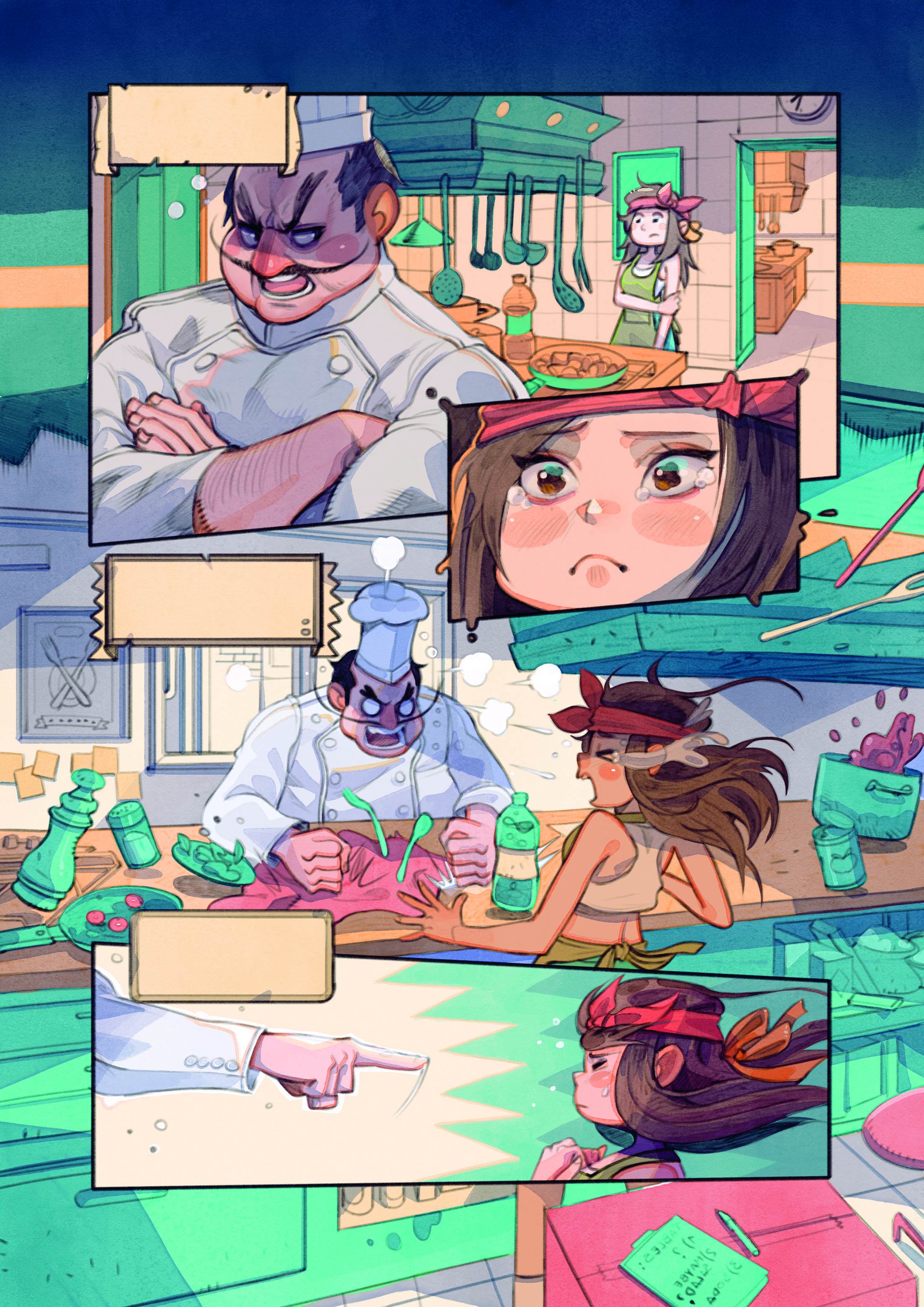
The storyline of a comic often ends up being intricate, detailed and convoluted. The characters move across areas, pages and scenes all the time. Every time I write a story, I try to remind myself to give them time to breathe and be human; the plot development can wait.
Sometimes a small action, expression or dialogue works better than 1,000 plot points. The depth of a character is given by how well we see them overcoming their struggles and gaining experience. This is what makes a character relatable for the readers.
02. Find references
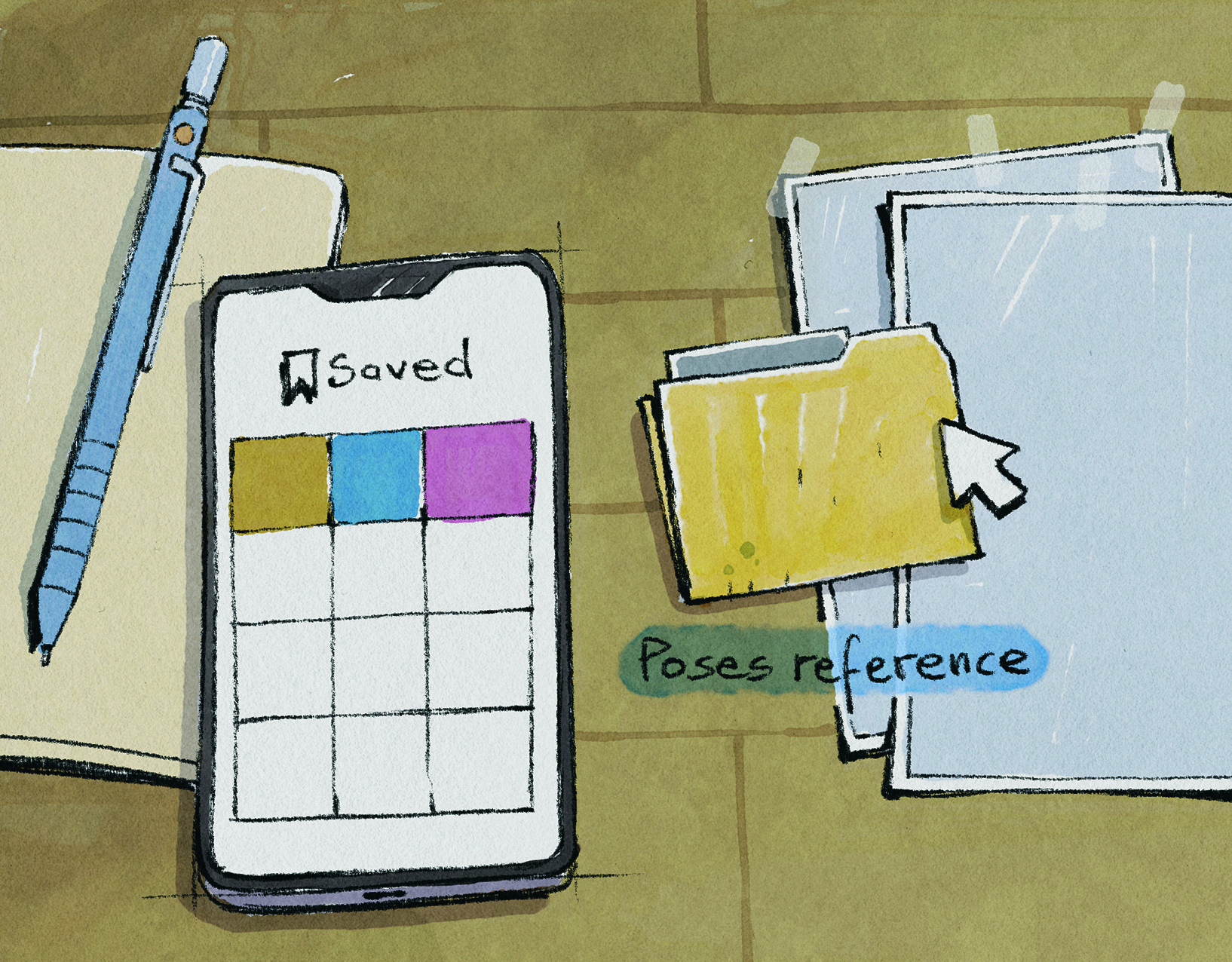
Utilising a vast visual library depends on an artist’s capacity for recalling the details of something not in front of them. When creating a comic, it’s common to deal with subjects you’ve never seen before.
The best way to do this is by collecting references, either in person through creating sketches of the object, taking a photo, or by finding necessary references online.
03. Have a laugh
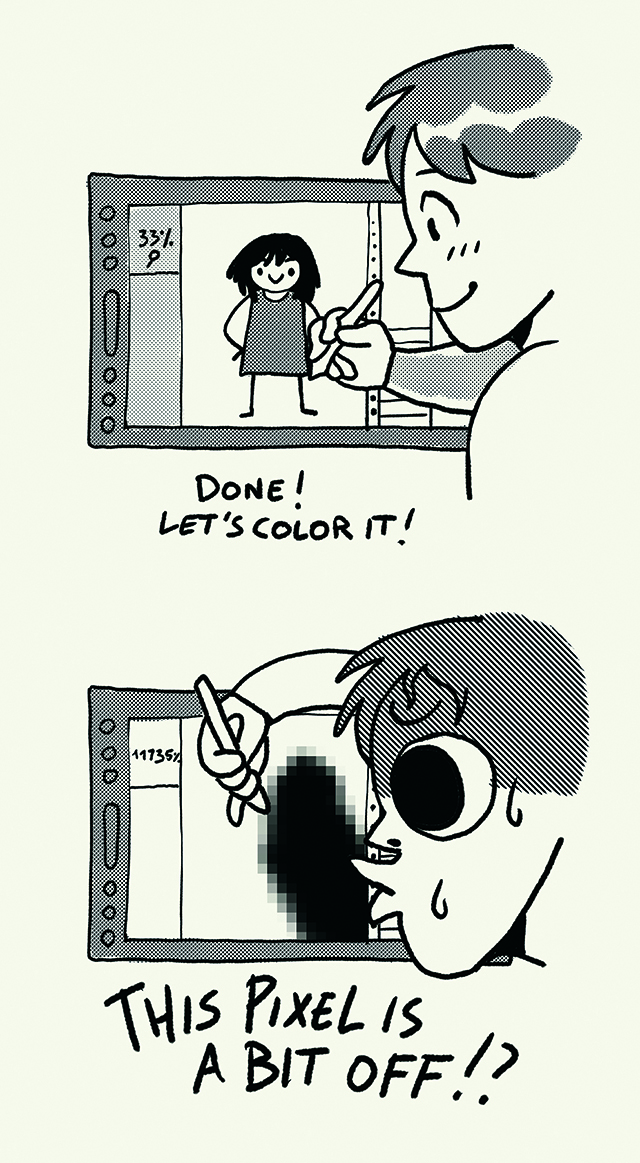
Sometimes adding a bit of comedy or making funny comic strips can be an interesting exercise – stories don’t always have to be serious or deep! When I’m told the story for a comic, the writer or artist often focuses on the lore, the characters’ connection and the worldbuilding.
Those are vital aspects of a project, but humour is also important and can create a nice rhythm between intense areas and more light-hearted ones. For beginners, working on short comics or strips that involve comedy can be a nice exercise. Being funny can be as challenging as conveying action and drama.
04. Try Different styles for varied reactions
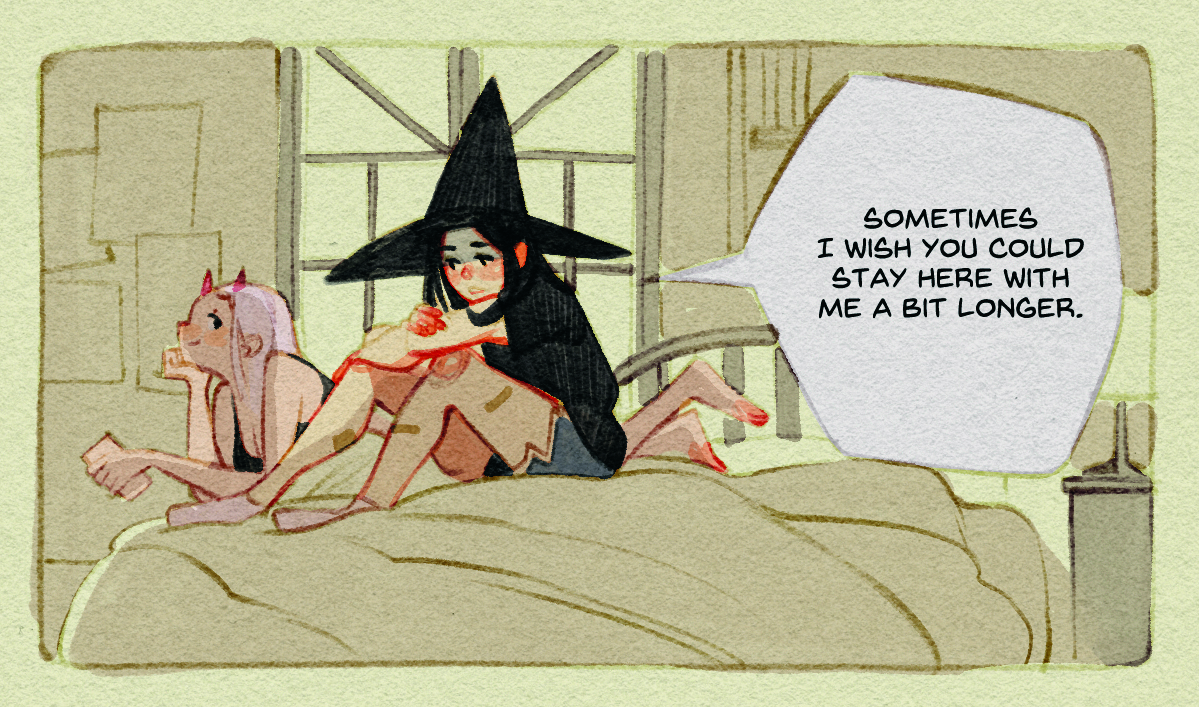
An artist’s style is deeply connected to their beliefs, experiences and personality. In a comic, however, this style could be a limitation when faced with stories that don’t match it. For example, a colourful style could be detrimental to a fearful mood in a horror story. In an action story, delicate line work will struggle to communicate a sense of energy, drama and power.
Adapting our style to the story is a great way to make sure the audience knows exactly what to feel while reading a comic.
05. Vary panel shapes

With the advent of the internet, comics are being shared online in new formats that sometimes reflect the traditional methods, but also in unexpected ways that take advantage of the devices they’re shared on, or the host website. Using the right panelling style and understanding the medium your comic is going to appear in is a key factor.
Each format creates different expectations and it’s important to use the tools to the best of their capabilities, maximising the spaces and playing with the format itself.
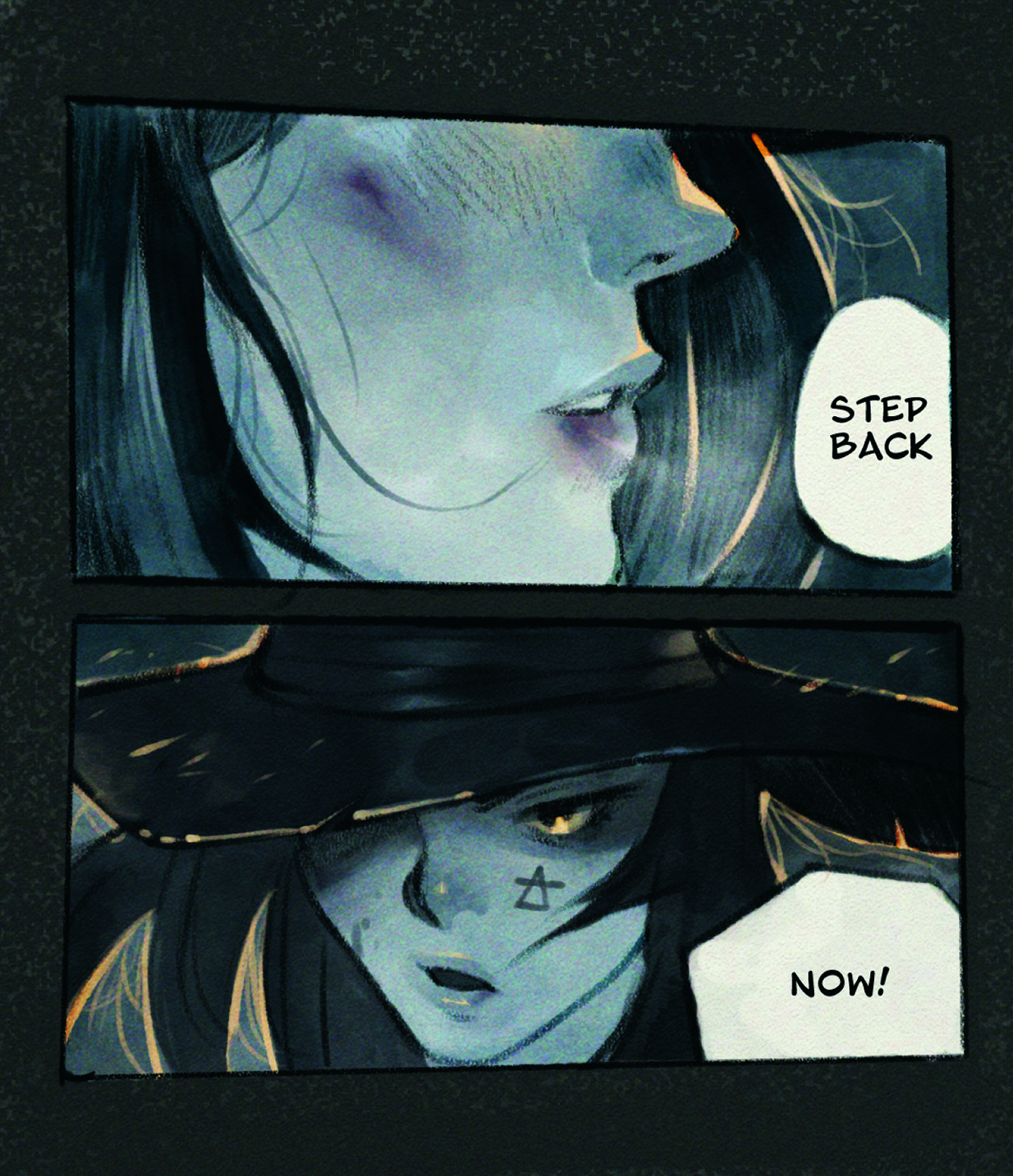
Panel shape is one of the most prominent aspects of a comic page. They come in any form and shape, each translating to the reader in a different way. While keeping the art inside the panel can produce an easy-to-read experience, a page with characters that pop out of the panels could fit an action comic.
Daily design news, reviews, how-tos and more, as picked by the editors.
Each choice comes with a trade-off; equally spaced panels can work well for a graphic novel focused on dialogue and story, and more exuberant panel shaping could suit a superhero comic.
6. Use colour science

Colour greatly affects people. Similar to the soundtrack playing in an action movie, colour can completely change the perception of a scene. In this example the colours are light and give the character a sunlit look that could fit an outdoor scene set in the morning.
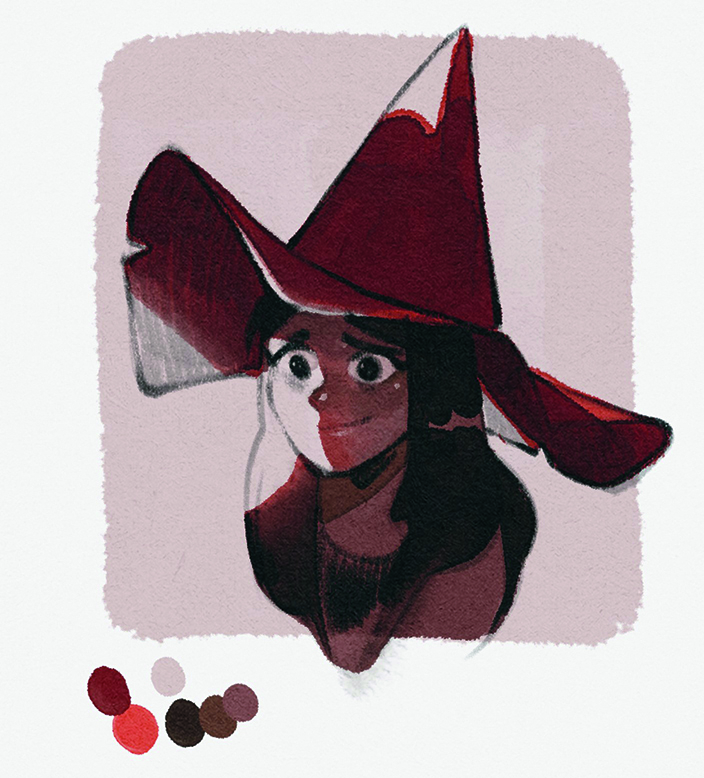
Colour theory is deeply connected with psychology, and an artist can take that into account when colouring their work. In this version the red tones give the art drama, and are a better fit for an intense moment. Highlights also drive the reader’s attention to specific areas of a design.
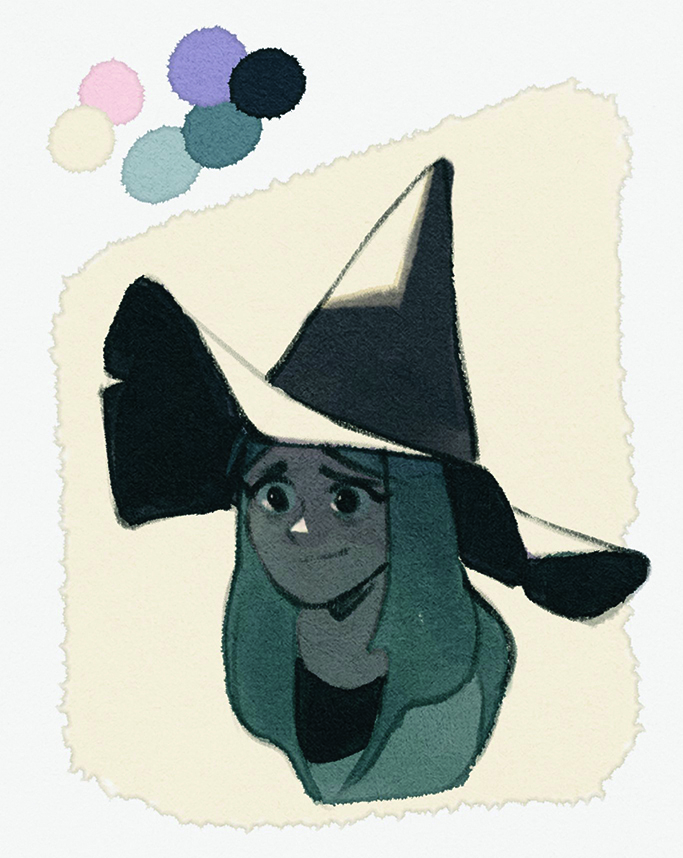
Try out different colour palettes for a scene and be sure to find the right one. In this third example the tones are blue and desaturated, which would help to communicate an unsettling moment, a particular time of the day, or perhaps the character’s internal struggle.
07. Use Traditional textures for a classic feel
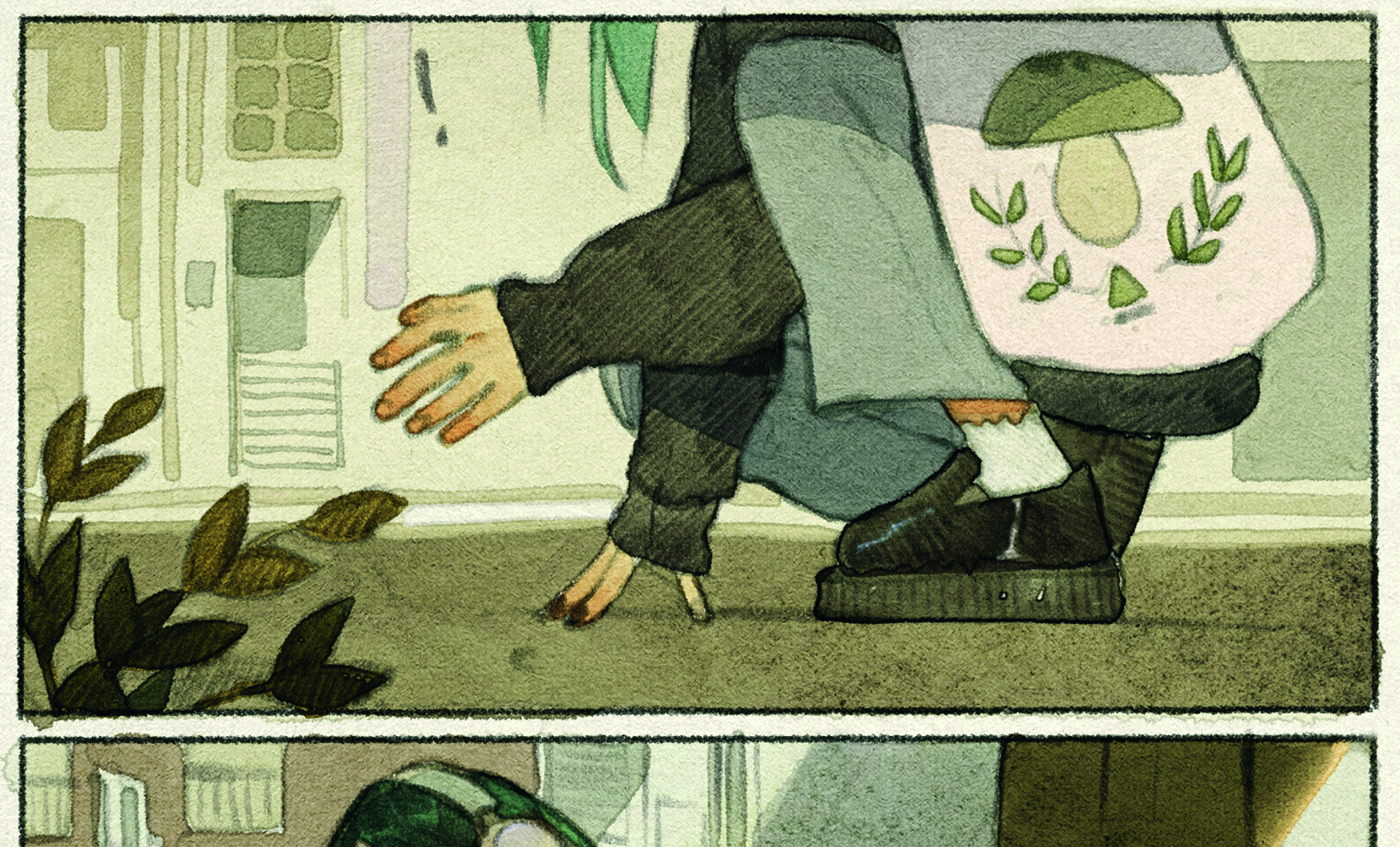
Digital art tends to be extremely polished, clean and sharp, while illustrations made with traditional media are often more rough and organic. Depending on the project, our preferences, and what we’re trying to achieve, we can pick one or the other. However, a hybrid is also worth considering.
For instance, when working digitally, adding textures or using textured brushes can give back some of the sensations often found in traditional media, without losing the power that digital tools bring to the creative process.
08. Don't underestimate the power of Lettering and speech balloons
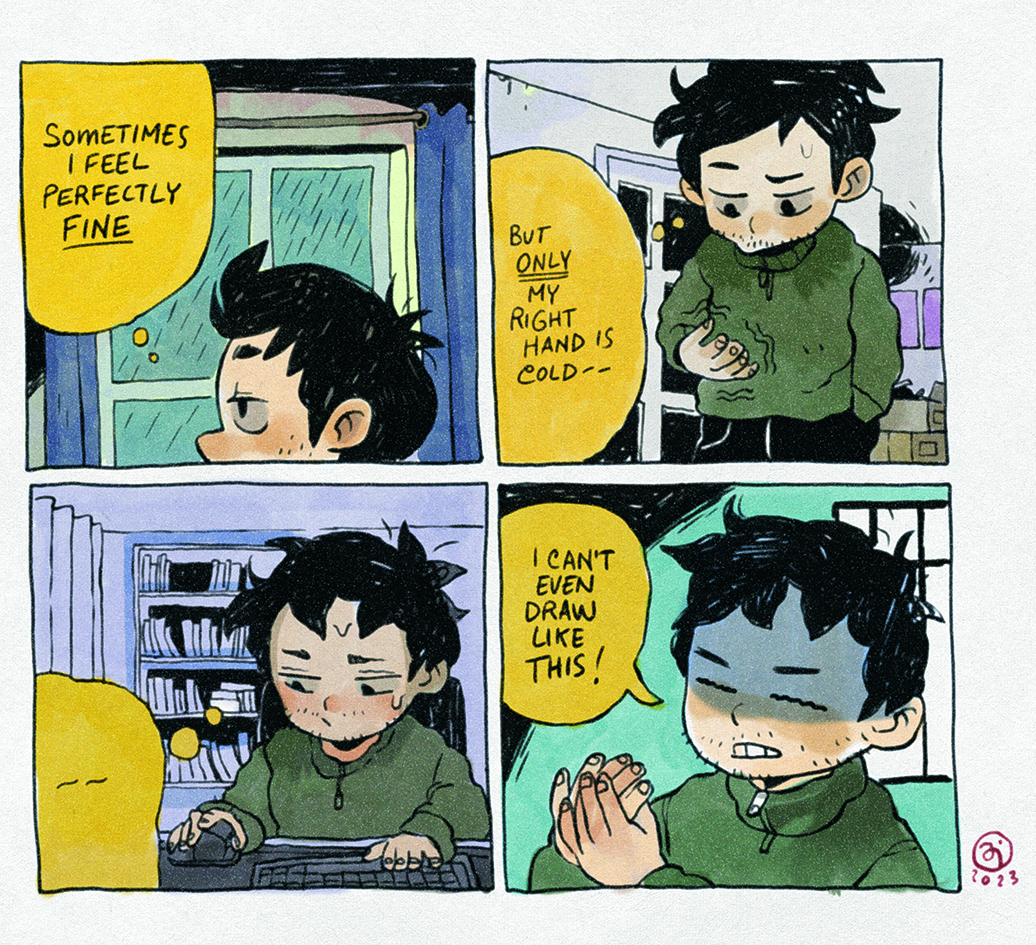
In professional comics, lettering is often a task assigned to a professional. But this isn’t always the case, and like anything else in comics it’s a tool that can be used to send a message.
Using handmade balloons or perfect shapes and handwriting versus fonts are choices that will influence the reader’s expectations. There’s no set rule and I like to invest time choosing the right aesthetic to best suit the project.
09. Test out your comic concept
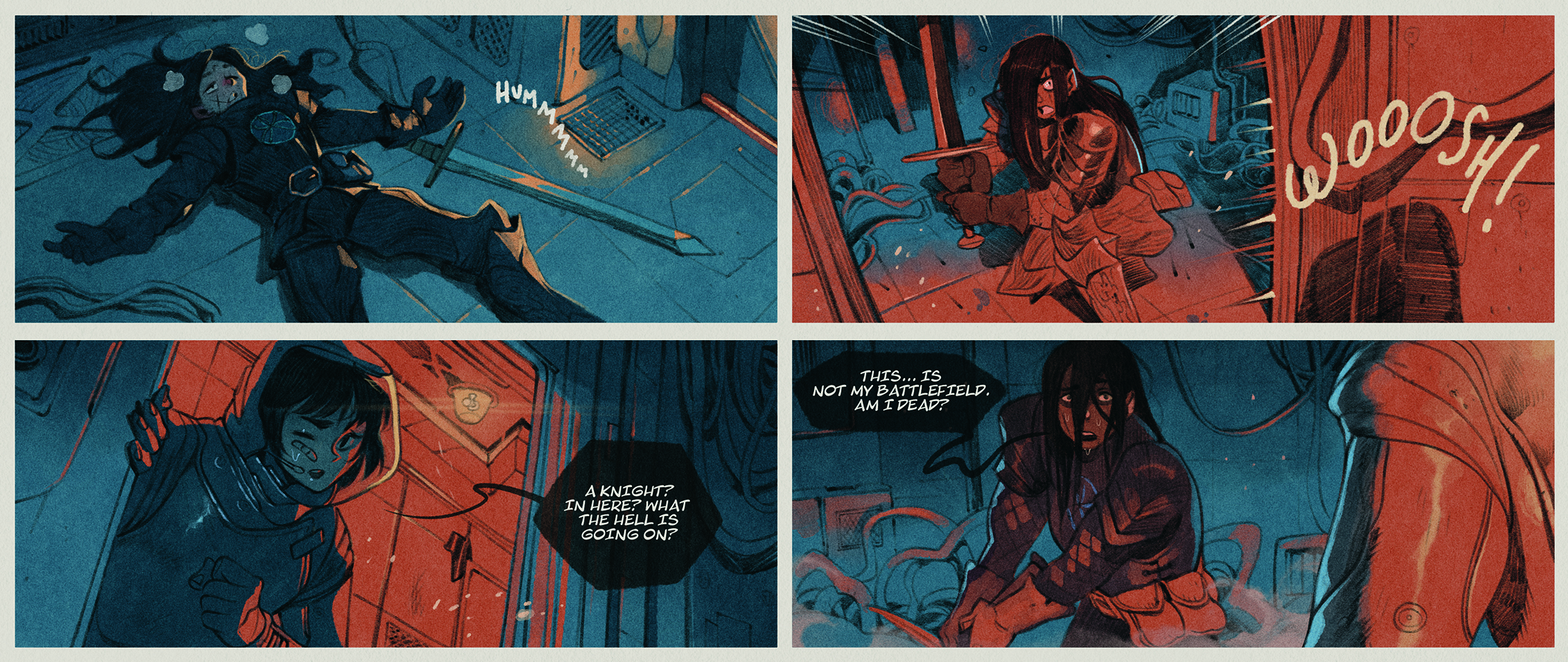
Before any long, intricate and tumultuous comic comes the initial concept. When I’m faced with trying to describe my ideas to publishers or peers, I like to use a simple approach. I try to draw a short, poignant scene that best describes the idea I have in mind.
Think of it as the comic artist’s version of an elevator pitch. This short comic or panel sequence will give the reader a perfect idea of where I’m heading, what the story is, the style, and the mood I’m going for. It’s a great way to receive feedback on your project!
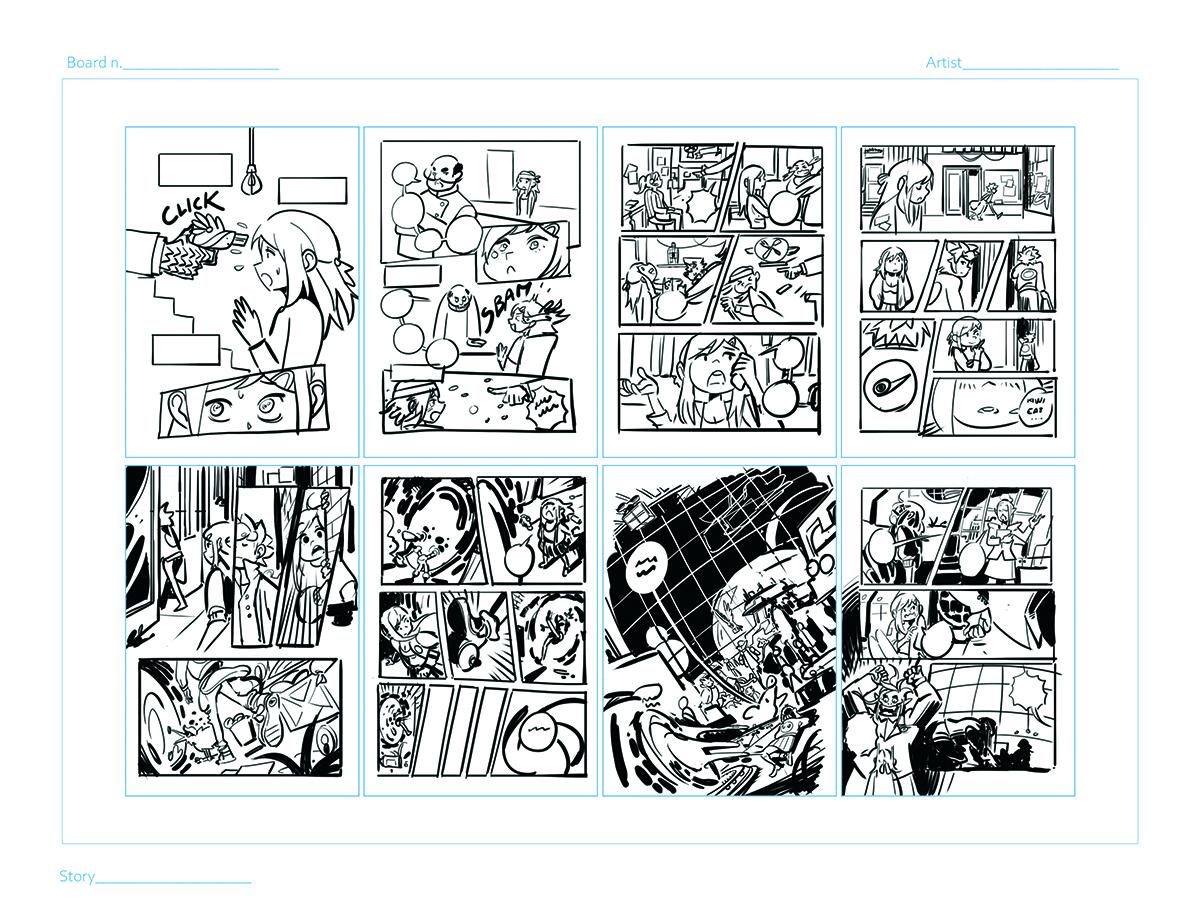
I enjoy being helped in the creation of a comic, for example having the story written or the editing done by a professional. This is where layouts are game-changing. A rough sketch with a couple of lines can be okay to get the idea across if I’m working alone, but when I need feedback, creating something readable is mandatory. Find the right balance between speed of execution and clarity.
10. Be yourself
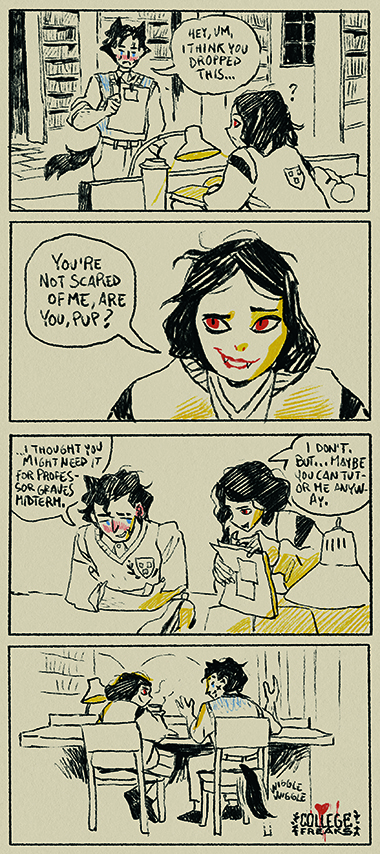
What’s your style? How did you find it? These are some of the most common questions I’m asked. It’s a great compliment, and I feel a sense of pride knowing that my work makes people wonder. My advice here is to just relentlessly be yourself and show it in your work and life.
I learn from and get inspired by others of course, but I also take a step back from them and self reflect; questioning my beliefs, trying to figure out what I like, what makes me happy, and where I’m heading. This gives my art and stories a voice that’s deeply tied to me as a person, which helps it to feel more real.’
11. Keep updated
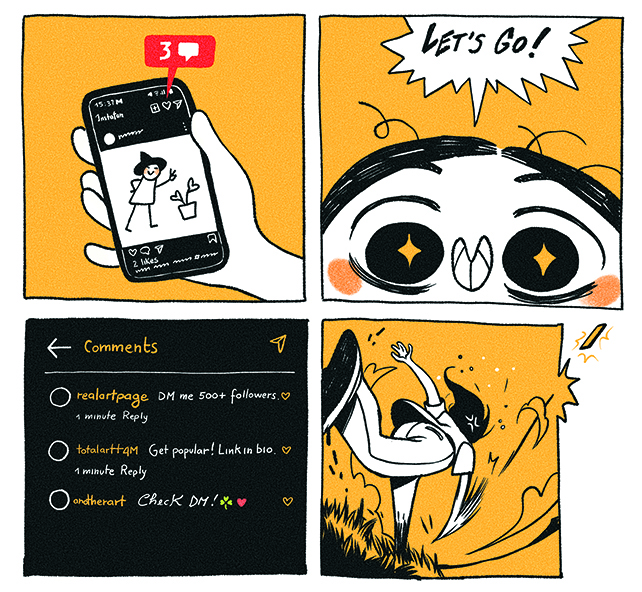
I often turn into a hermit. Drawing requires an enormous amount of time and I find myself sitting in my workspace longer than I’d wish. This often leads to an alienating pattern that makes me unaware of what’s happening around me. That’s why I try my best to stay up-to-date with the comic world.
I try to get in touch with communities and figure out the newest trends, what people are up to, and so on. New experiences, maybe travelling or a small hobby, can help make our artwork more relatable.
12. Keep your head up
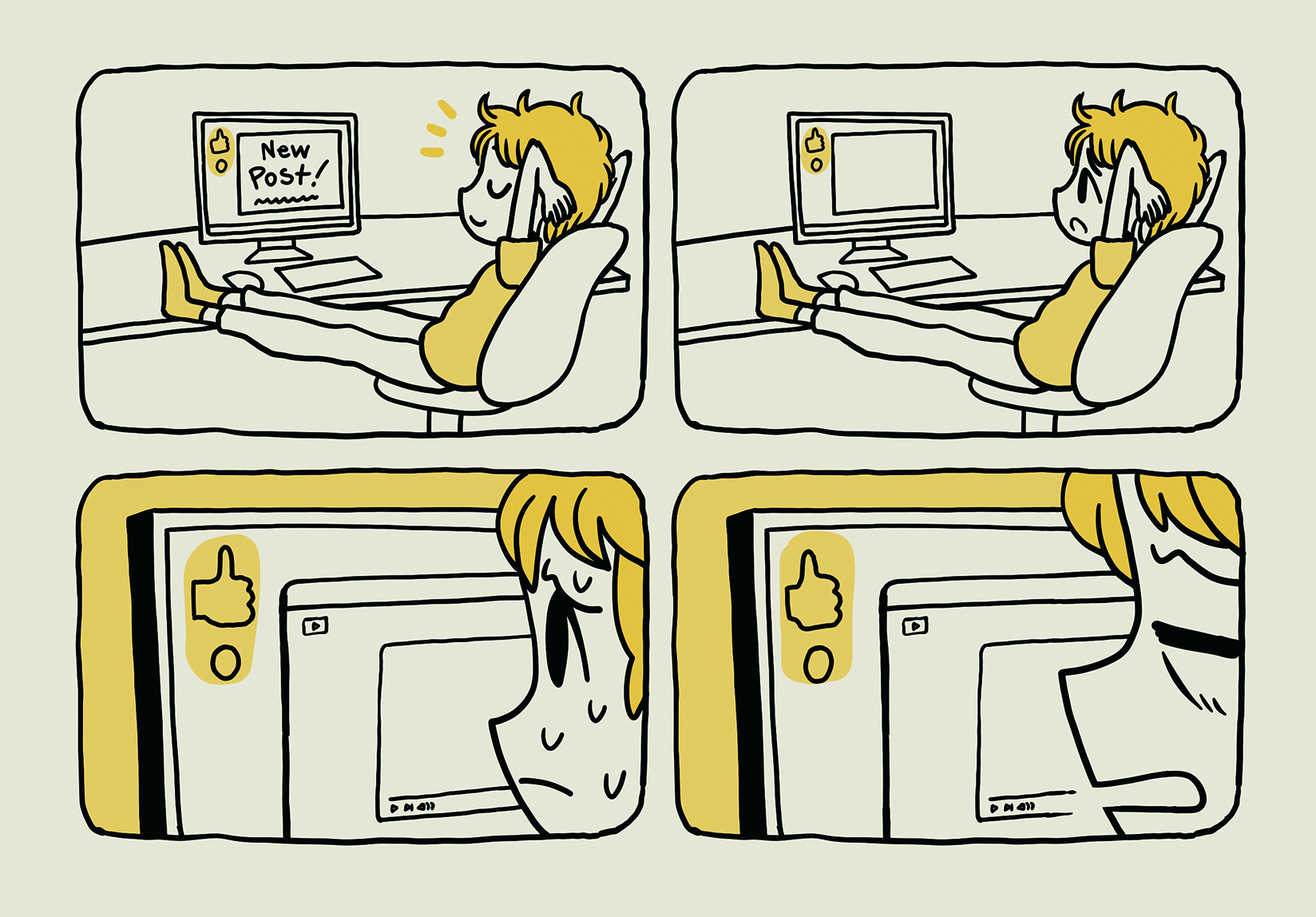
Not everything we do will be well received. I always imagined that if someone liked my art, they would like everything I do. Obviously that’s not the case, and many times what I create isn’t well received.
This doesn’t always mean my art is disliked, but that it’s not interesting for the audience, and that’s okay! Learning from underwhelming experiences is what makes us grow as artists. Understanding what went wrong and deciding what to do with that information is what will make you an expert comic artist.
For more inspiration, see our pieces on how to colour comics, our tips on creating panels and comic art tips from Marvel's Adi Granov. Also see our pick of the best drawing books.
This content originally appeared in ImagineFX magazine, the world's leading digital art and fantasy art magazine. ImagineFX is on sale in the UK, Europe, United States, Canada, Australia and more. ImagineFX print is available for delivery from our online store (the shipping costs are included in all prices).
Also known as SimzArt, Simone is focused on illustration, comics and character design. In the past he has teamed up with Riot Games and Wacom, and streams regularly on Twitch.
You must confirm your public display name before commenting
Please logout and then login again, you will then be prompted to enter your display name.

